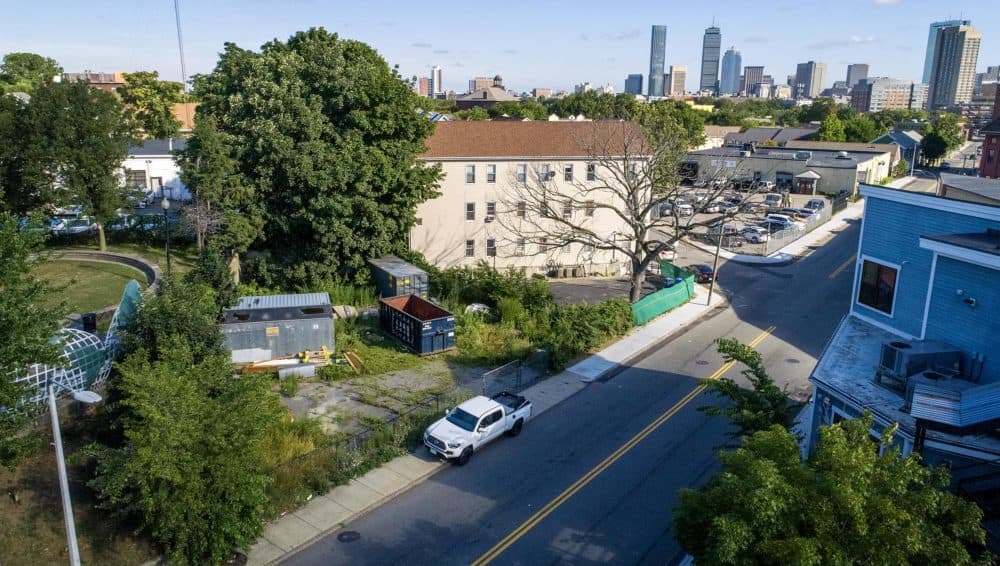reverend_paco
Active Member
- Joined
- Oct 15, 2012
- Messages
- 401
- Reaction score
- 261
I am surprised that this would be the first in Boston. I know that UMass Amherst has a building with significant manufactured timber. Let's hope this is the first of many.

 www.wbur.org
www.wbur.org

In A First, Boston Building Will Be Constructed With 'Revolutionary' Timber
The use of what some researchers call a "revolutionary" type of timber could help reduce emissions that cause climate change, create affordable housing and jumpstart a new industry in New England.
The first CLT building in Boston will be constructed in a small, triangle-shaped lot locked behind a rusting chainlink fence on Hampden Street in Roxbury.
Architect John Klein, CEO of Generate Technologies, stands on the sidewalk in front of the site. His digital design team, trained at MIT, is leading the CLT construction disruption in Massachusetts.
“Yeah, looking at the site, getting excited. That’s the beauty of design,” Klein says. “What you see is dumpsters and weeds and turn it into something magnificent for the area. It becomes a catalyst.”
In a matter of weeks, using cross-laminated timber panels made in a factory in Montreal, Klein’s design will turn this site into a five-story, 14-unit building with ground floor commercial space.




